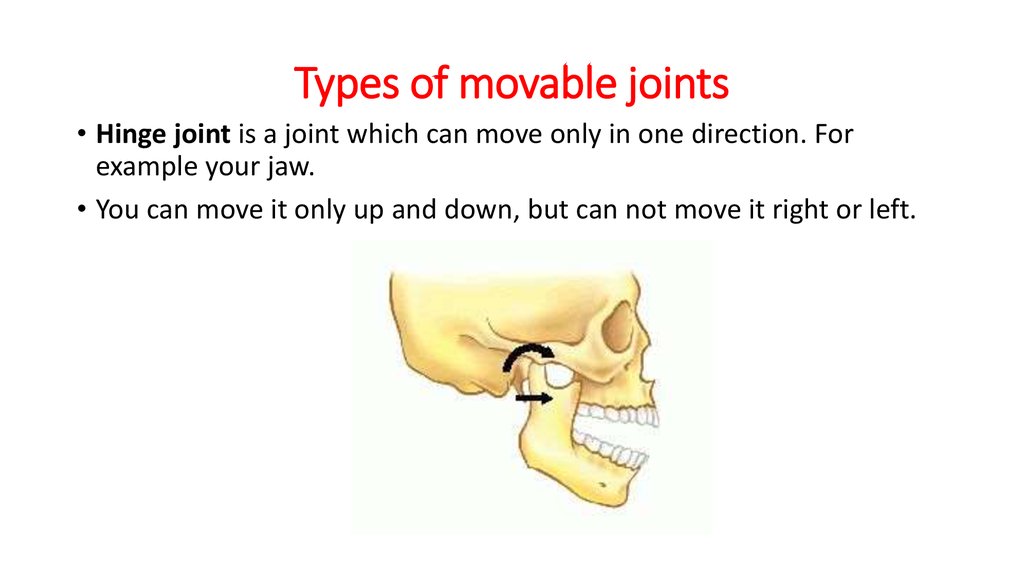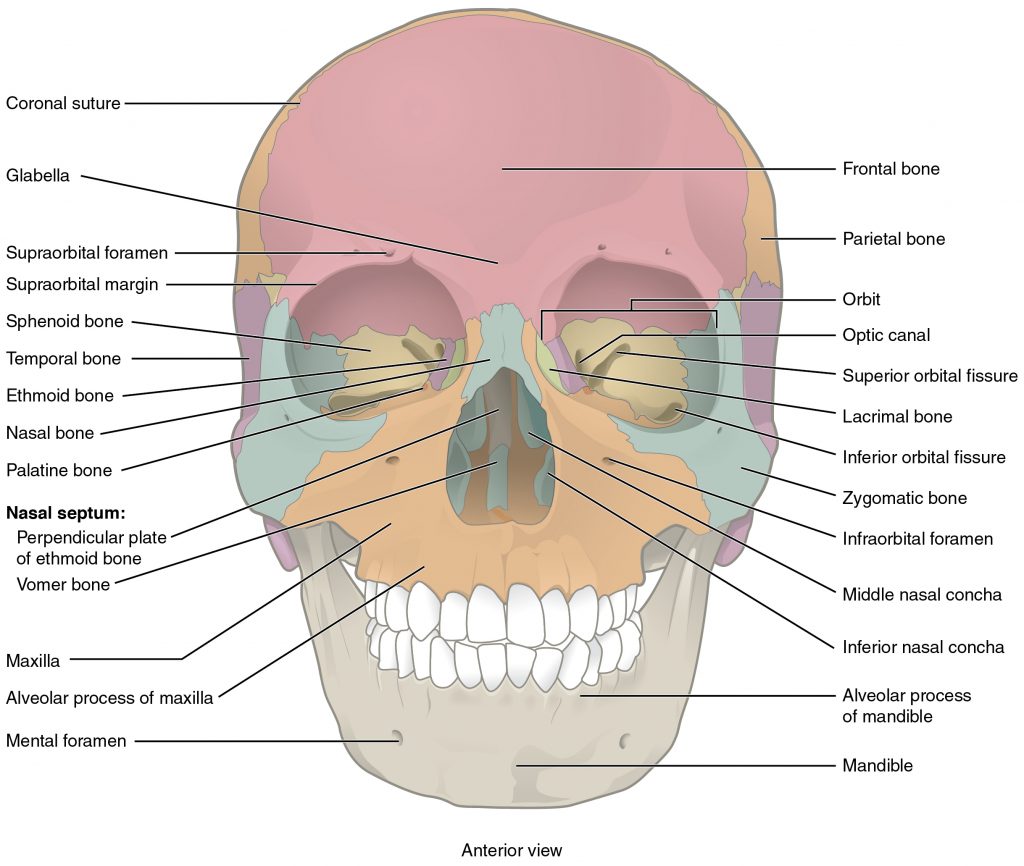

Instead, the palatine and maxilla are connected to the braincase by long ligaments, which give them great freedom of motion. From Kardong 1977.Īmazingly, in most snakes there is no direct connection between the upper jaws and the braincase 4. Supratemporal (st), quadrate (q), mandible (ma), pterygoid (pt), ectopterygoid (ec), palatine (pa), prefrontal (pf), maxilla (mx). Roughly the same fang movements are made during striking and swallowing. In vipers, whose fangs fold, the maxilla and its fang are pushed forward by the ectopterygoid and pterygoid. So, the front of the pterygoid is attached to the back of the palatine, the ectopterygoid hangs off the outside of the pterygoid, and the maxilla hangs off of the other end of the ectopterygoid. The outer and inner upper jaw are connected by a toothless upper jaw bone called the ectopterygoid, which works like a lever to transfer muscular power from the muscles attached to the pterygoid out to the maxilla, which has no muscles of its own. When a snake is eating, the entire upper jaw (inner and outer parts) is raised and moved slightly backward, alternating the left and right sides and pulling the prey into the mouth: the characteristic "jaw-walking" or "pterygoid walk" motion of feeding snakes. The bones or parts of bones that are shaded are not present in all snake species.Īlthough most people are most interested in the teeth and fangs, the rest of the snake skull is no less fascinating.

From Cundall & Irish 2008. For a key to all abbreviations, click here. The right half of the skull of a snake, looking down from the top (nose pointing to the right). I covered this and the evolution of grooved and hollow fangs in more detail in my article about snake fangs. In at least three cases (vipers, elapids, and atractaspidids), the fangs have moved up to the front of the maxilla, through the developmental suppression of the front part of the maxilla (and its teeth) in the snake embryo. In many living species of snakes, this is still the situation, and the vast majority of these are not dangerous to humans (although some can inflict painful bites if allowed to chew for a few minutes, and a few can be deadly). As far as we know, fangs evolved only once, as enlarged teeth at the back of the maxilla in the ancestor of all living colubroid snakes about 75 million years ago. I mentioned above that fangs are always on the maxilla, and that's because the maxilla is the primary prey-catching bone in the snake skull. You can sometimes see this pattern of tooth marks left behind when a non-venomous snake lets go after biting something, and in fact many resources suggest that you can use the tooth pattern to determine 3 whether or not a bite has come from a venomous snake (a viper at least, which are responsible for >99% of venomous snakebites in the USA), since most dangerously venomous snakes have different tooth patterns on account of their fangs, and most of their non-fang teeth don't usually come into contact with the target. The bones or parts of bones that are shaded are not present in all snake species. The premaxilla (pmx) has no teeth.įrom Cundall & Irish 2008. For a key to all abbreviations, click here. The right half of the skull of a snake, looking up from the bottom (nose pointing to the right).īones with teeth are the maxilla (mx), palatine (pal), pterygoid (pt), and dentary (d). Some snakes, such as pythons, also have teeth on the premaxilla, where we humans have our incisors, although in most snakes the premaxilla is a part of the snout, has no teeth, and does not act as part of the jaws. If a snake has fangs, they are always on the maxilla 2. This means that snakes have two upper jaws on each side: an outer one (the maxilla) and an inner one (the palatine+pterygoid). In addition, almost all snakes have teeth on two bones that in humans form part of the roof of the mouth: the palatine and the pterygoid 1, which are connected one in front of the other. Most snakes have teeth on four pairs of bones, two of which are the same as pairs of bones where humans do: the maxilla (most of our upper jaw) and the dentary (our lower jaw).


 0 kommentar(er)
0 kommentar(er)
